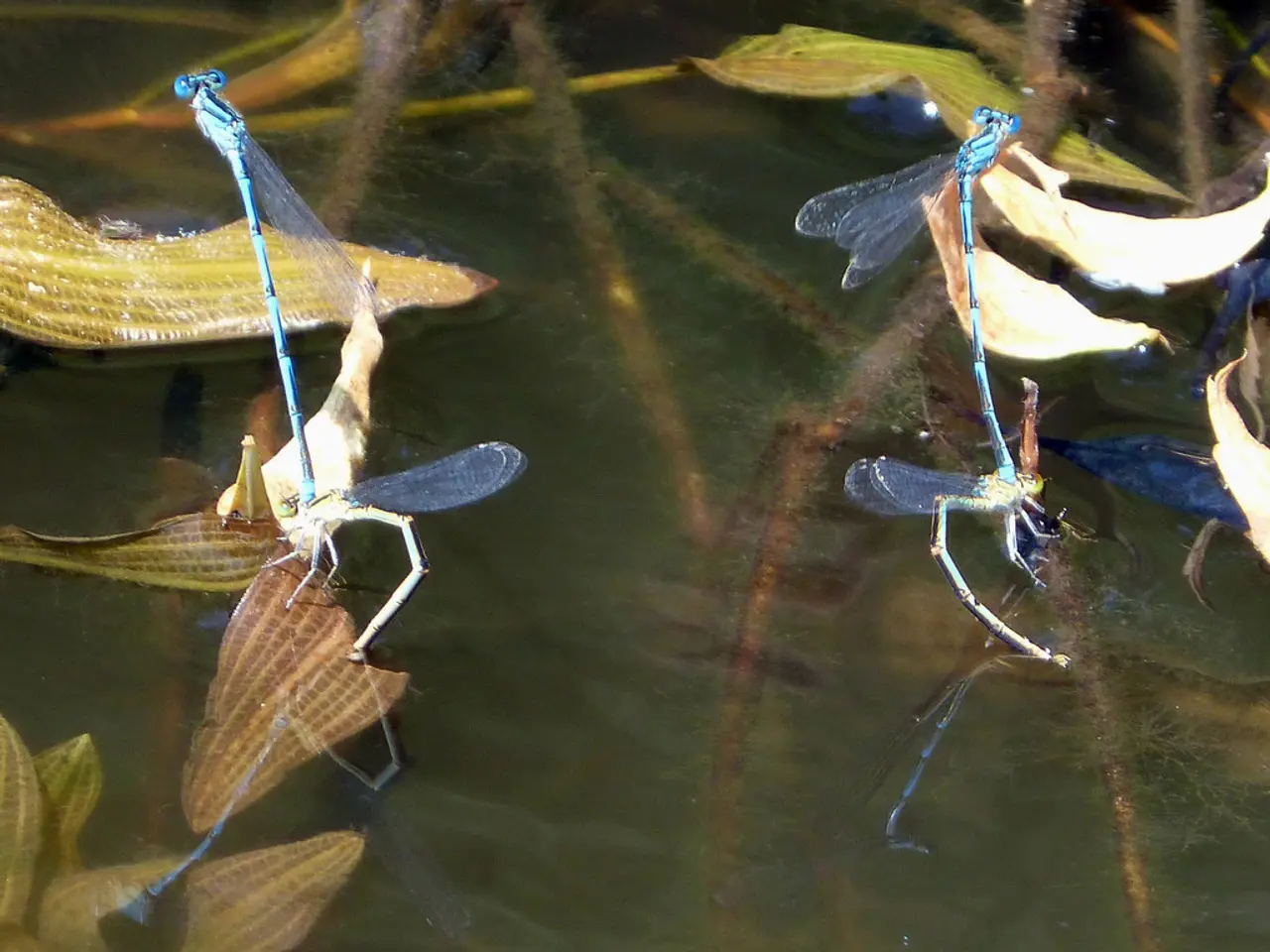Encouraging Biodiversity in Your Garden: Animal-Friendly Tips from BUND - Garden Biodiversity Enhancement: Advice for Animal-Loving Gardeners from BUND
In a surprising turn, gardens as small as 30 square meters can serve as vital habitats for amphibians, such as the fire salamander. These creatures can metamorphose each year in garden ponds, even in the smallest of spaces.
Garden ponds, both flowing and standing, are suitable for fire salamander larvae, making them an essential feature for those looking to support amphibian biodiversity. Gardens, in general, can act as refuges for various species, including lizards, toads, frogs, newts, and more.
Even the smallest ponds that are regularly filled with water can serve as substitute waters for amphibians. However, it's crucial to ensure these ponds are fish-free, as fish prey on amphibian eggs and larvae.
The concern that garden ponds could become a breeding ground for mosquitoes is unfounded, according to the BUND (Bund für Umwelt und Naturschutz Deutschland). Mosquitoes would mainly come from rain barrels, not from a planted and accessible garden pond.
To create an amphibian-friendly garden, the BUND advises several measures. First, maintain moist, sheltered habitats such as leaf litter, log piles, and stone piles that offer amphibians refuge from predators and harsh weather.
Second, avoid using pesticides, herbicides, and chemical fertilizers, which can poison amphibians or degrade their habitat. Instead, opt for native perennials and plants, as they provide food for amphibians.
Third, design the edges of garden ponds in a natural way, with dead wood and stones offering hiding places for amphibians. A small pond or puddle can attract amphibians for breeding and development. This effect may not be immediately noticeable, but it will occur after the first year.
Connecting gardens to other green spaces or habitats also facilitates amphibian movement and genetic exchange. Lastly, leave some natural ground uncovered with moss or leaf litter to support amphibians’ feeding and hibernation needs.
The BUND typically emphasizes that successful amphibian-friendly gardens mimic natural wetland and woodland edge structures, focusing on habitat complexity and chemical-free zones.
For more specific tips tailored to Dresden, Germany, contacting BUND Saxony directly or visiting their regional website would be best. Local BUND groups often have guidelines reflecting regional amphibian species and conservation status.
An added bonus? Dragonfly larvae and amphibians will settle in a garden pond, eating most of the mosquito larvae, reducing the mosquito population over time. By creating amphibian-friendly gardens, not only are we supporting biodiversity, but we're also contributing to natural pest control.
- Adhering to the community policy of environmental protection, prioritizing the creation of chemical-free zones in gardens can contribute significantly to supporting amphibian biodiversity.
- Pursuing environmental science, such as studying the lifestyle and preferences of amphibians, can provide valuable insights when designing home-and-garden spaces to encourage their presence.
- In the spirit of environmental protection and enhancing other aspects of the environment, opting for native plants in gardening practices can offer food for amphibians while reducing the need for harmful pesticides and chemical fertilizers.





